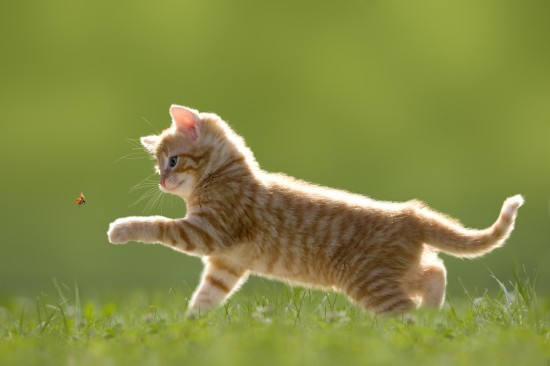Many new and seasoned aquarium owners make the mistake of not paying sufficient attention to their freshwater aquarium substrates. Many view it as being merely a decorative element of the aquarium and not as it actually is, a fundamental part of the aquarium抯 eco-system.
The substrate of an aquarium serves the purpose of allowing beneficial bacteria to take hold. It is also responsible for providing your fish with a sense of orientation. Fish can actually become disoriented and stressed in aquariums with shiny bottoms. For bottom feeders, the substrate is something which they come in contact with on a regular basis for feeding and other habitual purposes. Taking the proper consideration in selecting the right substrate will make for healthier fish and an easier to maintain aquarium.
The biggest factor to consider with freshwater aquarium substrates is their composition. Substrates to avoid are those composed of shiny glass pebbles. Although aesthetically pleasing to the human eye; for the fish the way that they prism and distort light can be quite disorienting and stressful.
Ordinary beach sand in a freshwater aquarium should be avoided all together. Salinity levels in this type of sand can pass along to the water in your aquarium. Also, beach sand, and riverbed sand for that matter, contain high microbial levels which can easily create parasitical infestations within the aquarium.
Common aquarium gravel is a good fail-safe as a substrate material. It is made of crushed quartz and provides a suitable surface for beneficial bacteria and is agreeable to most bottom-dwellers. Fresh water aquarium sand sold in most aquarium supply stores can also be used. Unlike sand found in nature, this sand is sterilized prior to being sold. Sandblasting sand and playground sand can also be used. Sand of course is abrasive, if the aquarium is made of acrylic, as opposed to glass, it should be taken into account that sand may contribute to scratching. Some species of fish, such as feather fins, may actually prefer sand in a freshwater aquarium as opposed to gravel.
For aquariums that incorporate live plants, it is important to have two layers of substrate present. The bottom layer, which is the one which anchors the plants and to which their hair-like root system derives nutrients, should be labeled for that purpose. Commonly, these sorts of substrate contain nutrients needed to foment proper plant growth. The second, topmost layer should be composed of either gravel or freshwater aquarium sand. This will help keep the nutrient-rich elements of the lower substrate needed by the plants from diffusing into the water.
Regardless of whether a gravel or sand substrate is used, the top most layer should always be applied to a height of two to two-and-a-half inches. This allows for a sufficient area for the aforementioned beneficial bacteria to prosper, it creates a sufficient buffer between the tank bottom and bottom-dwelling species and facilitates substrate vacuuming during routine maintenance. In the case of freshwater aquarium sand, it has tendency to compact more than gravel, creating a barrier for uneaten food particle to burrow beneath the surface as is sometimes the case with gravel. In this sense, sand can actually lower aquarium maintenance times.
Of course, aside from the practical role of the substrate in an aquarium, as it was stated at the beginning of this article it is also an excellent way to apply decorative touches to the overall look of the aquarium. Combining a particular substrate with certain aquarium rocks can help create a natural looking environment that is pleasing to the eye and healthy to the fish. As long as one is aware of its true purpose in the aquarium, a substrate can easily combine function and aesthetics.

 Best Type Of Diet To Feed Chinchillas
Best Type Of Diet
Best Type Of Diet To Feed Chinchillas
Best Type Of Diet
 A Relaxed And Comfortable Bath For Your Dog
A Relaxed And Comfortable Bath For Your Dog
Go
A Relaxed And Comfortable Bath For Your Dog
A Relaxed And Comfortable Bath For Your Dog
Go
 Canine Dam Milk Production And Drying Up Timescales
Canine Dam Milk P
Canine Dam Milk Production And Drying Up Timescales
Canine Dam Milk P
 Lurcher Health And Hereditary Wellness
Lurcher Health An
Lurcher Health And Hereditary Wellness
Lurcher Health An
 Keeping Your Cat Cool And Comfortable During The Summer
Keeping Your Cat
Keeping Your Cat Cool And Comfortable During The Summer
Keeping Your Cat